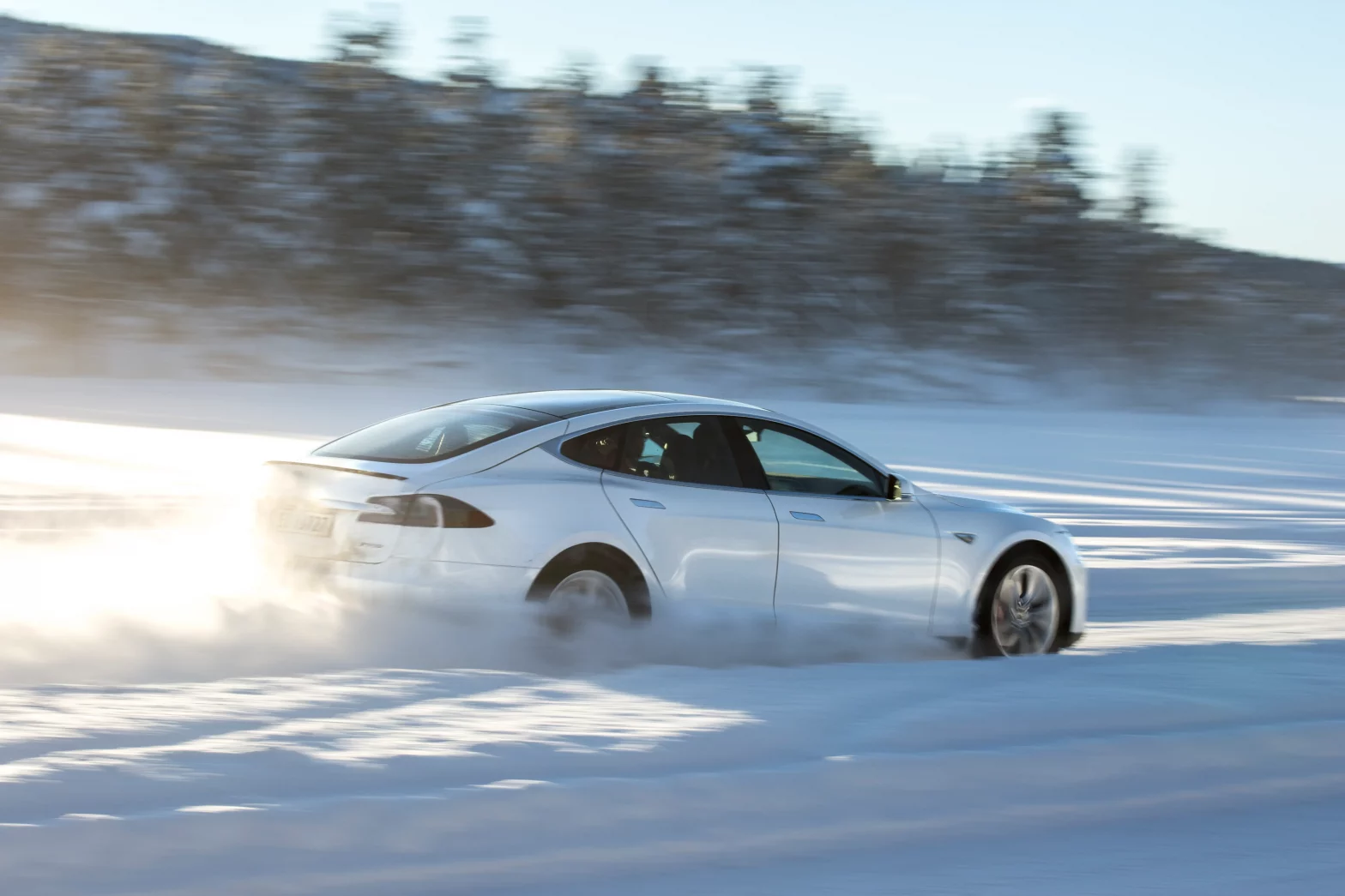All electric cars lose some range in winter conditions. In colder winter regions, such as Norway, Sweden, Finland, and northern United States, EV users must adapt their daily driving and charging habits. The bad news is that’s all there is to it. The good news is that this loss of range is only temporary, and EV battery will not be harmed in the long run. The projected range of EV at full charge should revert to normal when the glaciers melt and the temperatures rise.
Related article: EV Range Tests Explained: Comparison Between EPA Ratings, WLTP, NEDC, and CLTC
UK’s well known vehicle news website Autocar.com range-tested a number of electric vehicles in both summer and winter settings to see what range they lose in real life scenarios. Unfortunately, while the journal was able to test four similar cars in both hot and cold temperatures, the other vehicles were only tested in the winter, with the proper winter range being especially in comparison to the official WLTP-rated range where feasible.
Despite the fact that the study isn’t uniform across all models tested, it does provide some evidence of range decline. The four identical vehicles evaluated through both seasons revealed a range loss of up to 20%, with the Porsche Taycan suffering the most, and the Fiat 500e suffering the least. The experiments were carried out in a closed loop, according to the journal. They used a 24.14 km route that had 4.18 km of stop-and-go traffic. The driving then continued for four miles at 50 mph and almost thirteen at 70 mph. Again, this isn’t a genuine range test from full to empty in the real world, but it does give folks a sense of the evident loss in frigid conditions.
The range testing also highlighted the significance of a heat pump for dealing with cold-weather range reduction, according to the report. When compared to their WLTP-estimated range, models with a heating system experienced an average seasonal range loss of roughly 25%. Those without a heat pump, on the other hand, lost roughly 34% of their estimated range.
